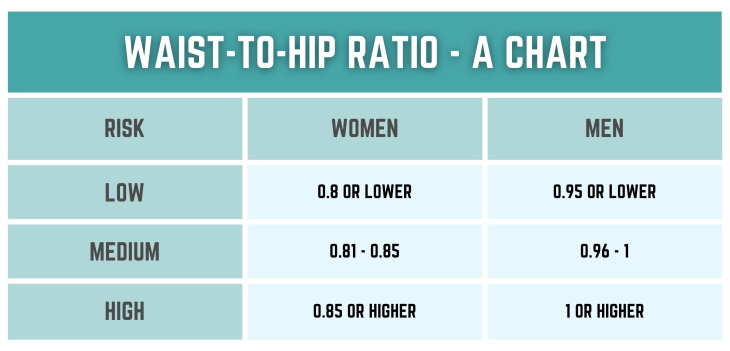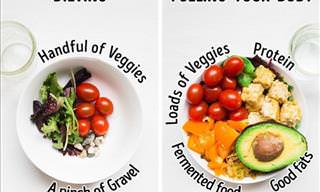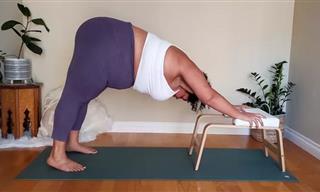People come in various shapes and sizes. And to some point, carrying more weight is a matter of aesthetic choice (and we’ll leave that choice completely to you). However, another kind of excess weight is associated with severe health outcomes, especially in seniors.
The question is - where do you draw the line between the two? A regular scale won’t help you to distinguish between a healthy albeit large person and a person at risk of developing serious health issues.
What metric can you use to measure obesity?
The body mass index (BMI) is one measurement medical professionals sometimes use, but it has many flaws and is widely considered controversial.
This BMI measures the ratio of one’s weight to the square of one’s height. By definition, the BMI cannot distinguish between muscle mass and fat, which means that an extremely trained athlete can be characterized as obese according to the BMI.

Similarly, this metric cannot draw a distinction between subcutaneous and visceral fat, even though research reliably shows that only the latter is associated with negative health outcomes. This means that even those with a moderate BMI can have a high risk of heart disease and diabetes - a fact corroborated in recent research.
Read more about subcutaneous and visceral fat here: There Are Two Types of Excess Fat & They’re VERY Different
And if we dig just a dig deeper into the history of BMI, we see that it was never designed for individual health screenings, or any other health, for that matter. Instead, the inventor of BMI, the Belgian mathematician Lambert Adolphe Jacques Quetelet, invented the BMI to show the average body size of the general population. Moreover, Quetelet explicitly stated that BMI is not an individual medical metric.
Therefore, focusing on BMI or weight alone results in a flawed understanding of one’s weight.
A better way to measure the health risks of obesity
Another common and increasingly reliable metric for weight assessment is the waist-to-hip ratio (WHR). The advantage of the waist-to-hip ratio measurement is that it focuses on fat distribution in the area associated with the worst health outcomes.
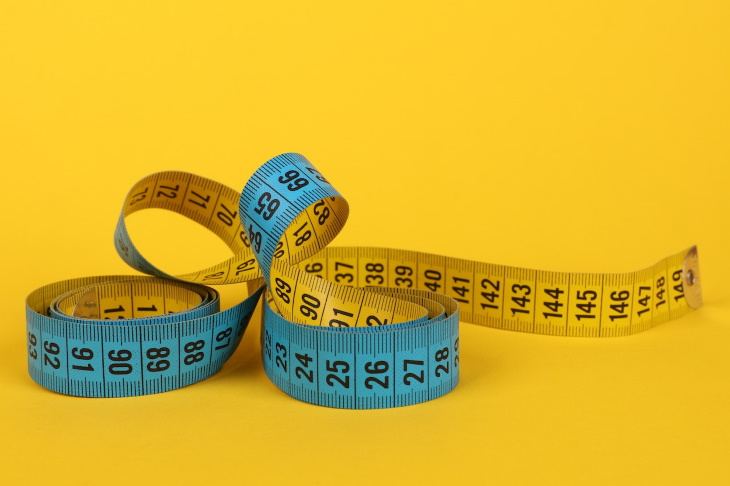
As the name suggests, this metric analyzes the proportion of the waist to the hips, the idea being that the waist should be smaller than the hips. This stems from the scientific observation that people who carry most of their excess weight in their waist area have a higher risk of many serious diseases and a shorter lifespan.
Once again, it all boils down to visceral fat - the kind of fat that exists inside the abdominal cavity between the organs. Excessive quantities of visceral fat can lead to something called "intra-abdominal obesity," a condition associated with a higher risk of metabolic syndrome, type 2 diabetes, and mortality.
According to the World Health Organization (WHO), the WHR ought to be
0.9 or less in men and 0.85 or less for women. A WHR of 1.0 or higher comes with an increased risk of several diseases and general mortality.
The research on WHR
An increasingly large body of evidence suggests that the WHR is a better predictor of health risks than the BMI. A new study based on data from 380,000 adults in the UK specifically showed that a high waist-to-hip ratio is a more reliable predictor of all-cause mortality than BMI.
An article from 2006 also found that the WHR is a more important measure than body weight. The study included 15,000 participants, all of whom were 75 years old and more.
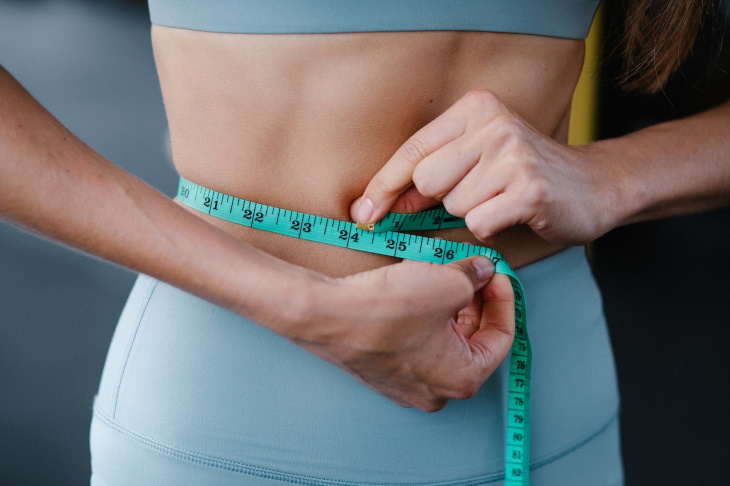
A different research article of 25,000 men and women likewise found an increased mortality rate in participants with a low waist-to-hip ratio. As a person’s waist-to-hip ratio rose, so did their risk for early death.
In women, a WHR of 0.8 or higher is associated with lower success rates in getting pregnant, irrespective of their general BMI.
Finally, a 2021 study made clear comparisons with various diseases and a high WHR. Those with a more apple-shaped body had a higher risk of type 2 diabetes, heart disease, and death than those whose weight was distributed more in their hips and thighs.
People with certain health conditions are more likely to gain weight in their middle. These include:
- Polycystic ovarian disease (PCOS)
- Thyroid disease
- Cushing’s disease
- Mental health issues, such as stress, anxiety, and depression.
How do you measure your WHR?
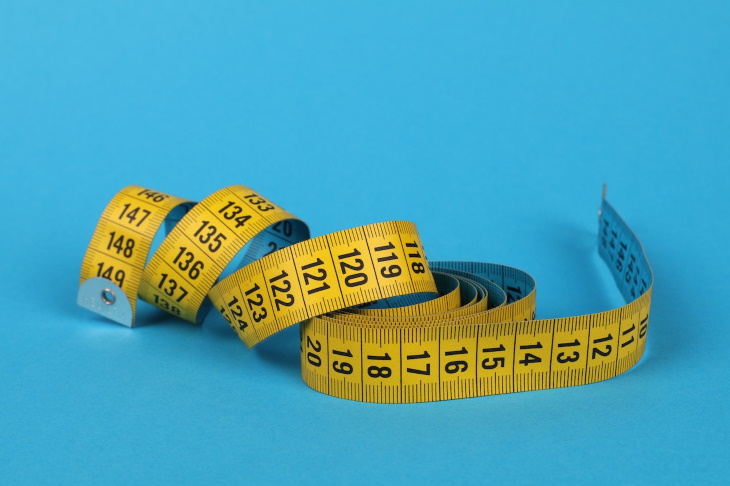
All you need is a tape measure and a calculator. Make sure to measure yourself on an empty stomach for the most accurate results. If you have just had a meal, your stomach will be filled with food and liquid, and your waist will expand in size. This can yield inaccurate results.
Wear a close-fitting top and stand in front of a mirror.
Here's how to measure your waist-to-hip ratio:
1. Find the smallest point of your waist and measure it.
2. Now measure the hips at the point where they are the widest.
3. Divide the waist measurement by the hip measurement.
The resulting number is your waist-to-hip ratio.
For example, if your waist is 28 inches and your hips are 38 inches, 28 ÷ 38 = 0.74, so your WHR is 0.74.
The table below will help you interpret your results:
What are the limitations of this metric?
Even though the waist-to-hip ratio is more reliable than the BMI and body weight in assessing one’s risk of health and mortality, it is by no means the only metric a doctor would consider during a physical examination. Other, more reliable tests, just as bloodwork, are significantly more dependable and trustworthy.
In addition, the waist-to-hip ratio cannot be used to assess pregnant women and those who have just recently undergone liposuction in the waist or hips.
 Go to BabaMail
Go to BabaMail






